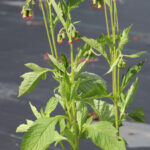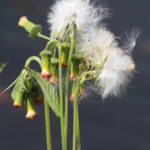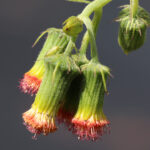Have You Seen Thickhead in Your Garden?
go.ncsu.edu/readext?819252
en Español / em Português
El inglés es el idioma de control de esta página. En la medida en que haya algún conflicto entre la traducción al inglés y la traducción, el inglés prevalece.
Al hacer clic en el enlace de traducción se activa un servicio de traducción gratuito para convertir la página al español. Al igual que con cualquier traducción por Internet, la conversión no es sensible al contexto y puede que no traduzca el texto en su significado original. NC State Extension no garantiza la exactitud del texto traducido. Por favor, tenga en cuenta que algunas aplicaciones y/o servicios pueden no funcionar como se espera cuando se traducen.
Português
Inglês é o idioma de controle desta página. Na medida que haja algum conflito entre o texto original em Inglês e a tradução, o Inglês prevalece.
Ao clicar no link de tradução, um serviço gratuito de tradução será ativado para converter a página para o Português. Como em qualquer tradução pela internet, a conversão não é sensivel ao contexto e pode não ocorrer a tradução para o significado orginal. O serviço de Extensão da Carolina do Norte (NC State Extension) não garante a exatidão do texto traduzido. Por favor, observe que algumas funções ou serviços podem não funcionar como esperado após a tradução.
English
English is the controlling language of this page. To the extent there is any conflict between the English text and the translation, English controls.
Clicking on the translation link activates a free translation service to convert the page to Spanish. As with any Internet translation, the conversion is not context-sensitive and may not translate the text to its original meaning. NC State Extension does not guarantee the accuracy of the translated text. Please note that some applications and/or services may not function as expected when translated.
Collapse ▲No, I’m not talking about your brother-in-law. Thickhead or redflower ragleaf (Crassocephalum crepidioides) is an introduced weed that I’m observing with more frequency in nursery and garden centers in North Carolina The species is much more common in the Gulf Coast states and is spreading to other regions in contaminated nursery stock. When vegetative, the plants strongly resemble our native American burnweed (Erechtites hieraciifolius), but has very distinctive drooping, salmon-red flower heads. In contrast, American burnweed flowers are upright and creamy-white. Thickhead seeds are wind-dispersed and germinate anytime from spring through late summer. In container nurseries it can be controlled with preemergence herbicides containing dimethenamid-p, flumioxazin, indaziflam, or oxyfluorfen. In landscape plantings, prevent plants from going to seed and apply a fresh layer of mulch. For more information about this and other weeds of landscapes and nurseries, check out the information on my portal: Weed Management in Nurseries, Landscapes and Christmas Trees.





